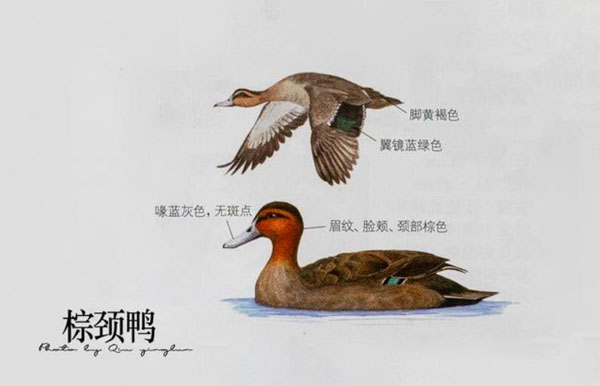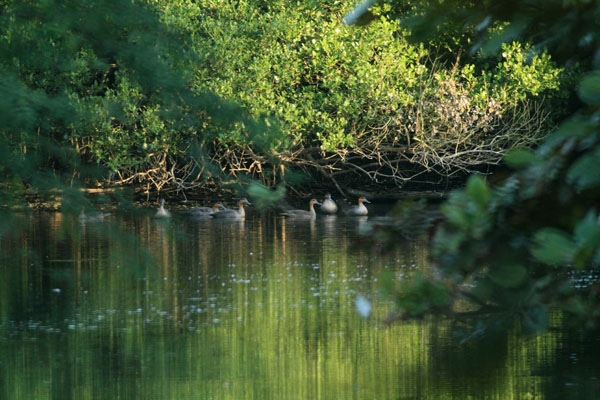Anas luzonica
IUCN
LCBasic Information
Scientific classification
- name:Anas luzonica
- Scientific Name:Luzon duck,Anas luzonica,Philippine Duck
- Outline:Waterfowl
- Family:Anseriformes Anseriidae
Vital signs
- length:48–58cm
- Weight:
- lifetime:6-8years
Feature
Black top hat, distinctive head pattern.
Distribution and Habitat
It is endemic to the Philippines. Chinese records are in Taiwan and Hong Kong. Foreign resident or short-distance migratory birds are mostly found in the Philippine islands, while stray birds are found in southern Japan.
They live in freshwater rivers, lakes and swamps, feeding mostly in shallow water and on land, and often mix with other river ducks.
Appearance
The top of the head to the back of the neck and across the eye are black, the head and neck are brownish red, other parts are grayish-brown with dark scaly spots, the wing mirror is dark green, the underwing cover is white, like a spotted duck but without yellow tip spots. Iris dark brown, beak bluish-gray, feet dark brown.
Details
The brown necked duck (Anas luzonica) belongs to the family Anatidae. It is commonly found in swamps, rivers, lakes, ponds and estuaries. It sounds like a mallard but rougher. Most of the activities are in the wild grass in the marsh area near the water. It mainly floats on the surface of the water and gets its food underwater, eating plants as the staple food and sometimes animal foods.

The brown neck duck has webbed toes between the ducks, but rarely dives, and swims with its tail out of the water. It is good at feeding, splashing and mating in the water. It feeds mainly on marsh and lake area plants, crabs, lobsters, shrimp, cockroaches, tide worms, and barnacles.

The breeding season is from March to November, with peaks in July and August. A bowl-shaped nest is built from the stems of plants and grasses. The nest rises above the nearby water and is hidden among the water grasses. Each nest lays 8 to 10 eggs and hatches for 25 to 26 days. The young birds leave the nest for 49 days and are usually incubated alone by the female ducks. After hatching, they are still cared for by the female ducks, and the ducklings follow the female ducks for food.








